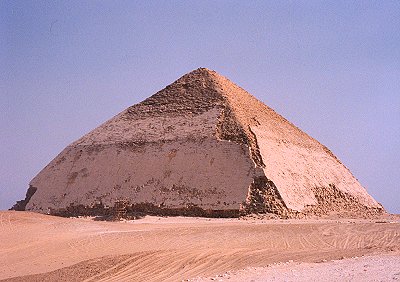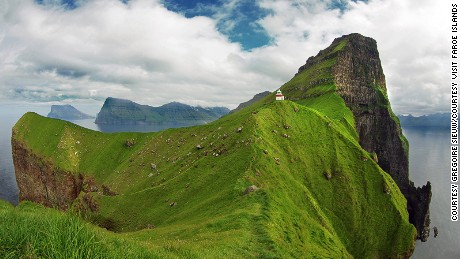In the era of 2600 BC, an Egyptian pharaoh named Sneferu is understood to have initiated the practice of pyramid building in ancient Egypt. Among the structures he's credited with fostering are the bent pyramid, famous for its poorly-understood change of angle,
![]()
and a pyramid at Meidum.
![]()
This was the same era in which neolithic sites on Orkney Island, located in Northern Scotland, were abruptly abandoned. The perspective of my new book, The Mystery of Skara Brae, is that Orkney Island served as an instructional sanctuary, just prior to the rise of dynastic Egypt.
The Orkney Islands are closely associated with an ancient language called Faroese, and a second group of islands to the north and west called the Faroe Islands. From the viewpoint of the Dogon and Egyptian cosmologies, the term sene means "image or reflection of". I argue that the name Sneferu combines this word with the term faroe. From that perspective, it makes sense that these pyramids - along with others assigned to Sneferu, reflect the shapes of prominent peaks found in the Faroe Islands.
- Laird
![]()
![]()

and a pyramid at Meidum.

This was the same era in which neolithic sites on Orkney Island, located in Northern Scotland, were abruptly abandoned. The perspective of my new book, The Mystery of Skara Brae, is that Orkney Island served as an instructional sanctuary, just prior to the rise of dynastic Egypt.
The Orkney Islands are closely associated with an ancient language called Faroese, and a second group of islands to the north and west called the Faroe Islands. From the viewpoint of the Dogon and Egyptian cosmologies, the term sene means "image or reflection of". I argue that the name Sneferu combines this word with the term faroe. From that perspective, it makes sense that these pyramids - along with others assigned to Sneferu, reflect the shapes of prominent peaks found in the Faroe Islands.
- Laird

